domingo, 15 de março de 2015
David Perreault - Powerful Circuits: Developments in High Frequency Power Electronics
Powerful Circuits: Developments in High Frequency Power Electronics Electrical energy is the cornerstone of our technological infrastructure, and its use pervades our society. Energy-processing circuits -- or power electronics -- are central to our ability to efficiently create, manipulate, and utilize electrical energy. Advances in this area are becoming vital, both for addressing the growing energy challenges we face and for extending our control over the world around us. A challenge of particular importance is the miniaturization of power circuits. Likewise, advances in the performance of power electronics -- including efficiency, control bandwidth, and operating range -- are essential to reducing energy consumption and increasing functionality in myriad applications.
This talk describes ongoing research at MIT that seeks to address the twin challenges of miniaturization and performance of power electronics. New system architectures and circuit designs are introduced that enable dramatic increases in switching frequencies (e.g., into the 3-300 MHz range). Higher frequencies are desirable because they reduce energy storage requirements, but necessitate circuit designs that either compensate for or utilize device parasitics. Furthermore, design approaches for integrated power devices and magnetics are introduced that scale well to small sizes and high frequencies and enable improved integration. Experimental results from power converters operating at frequencies to beyond 100 MHz are presented to illustrate these emerging technologies.
DSP-Based Control for Parallelism of Three-Phase Voltage Source Inverter Telles B. Lazzarin, Member, IEEE, and Ivo Barbi, Fellow, IEEE Power Electronics Institute (INEP), Department of the Electrical Engineering (EEL), Federal University of Santa Catarina (UFSC), Florianópolis , Brazil
Abstract—This paper describes a theoretical and experimental study on a control strategy for the parallel operation of three-phase voltage source inverters (VSI), to be applied to UPS. The proposed control system for each inverter consists of two main loops, which both use instantaneous values. The first (parallelism control) employs the feedback of the inductor currents from the output filter to modify the input voltages of the same filter and thereby control the power flow of each VSI to the load. Additionally, the second loop (voltage control) is responsible for controlling the output voltages of the LC filter, which coincides with the output voltages of the VSI. The proposed control strategy ensures the proper sharing of the load current and avoids current circulation among the inverters during transient and steady-state operation. The VSI and the proposed control strategy are analyzed in an orthogonal stationary frame, and as a result, simple and effective models were achieved. The proposed control system was digitally implemented in a TMS320F2812 DSP and was verified through experimental results with a 10 kVA prototype, which has the parallel operation of two three-phase VSIs.
II. INTRODUCTION
ININTERRUPTIBLE power supply (UPS) devices are employed to feed critical loads which, at high power values, utilize a three-phase system. Moreover, inmany applications the total load consists of a set of single and three-phase loads, which requires the employment of three-phase UPS, capable of feeding all types of load. In addition, critical loads also require a power supplywith high-reliability and redundancy that can be obtained with the parallel-connection ofUPSs.As iswell-known, the parallelism of UPS is a problem related to the parallel operation of voltage source inverters (VSIs). The parallel operation of three-phase VSIs has a greater complication due to the complexity and the greater number of variables involved in a three-phase system. Recent publications in the literature [1]–[3] broach this problem and they point out that there is still a need for new solutions to the parallelism of three-phase VSIs. It is also well-known that the parallel operation of VSIs requires a control system to ensure proper operation of the structure. A traditional solution is the strategy based on the frequency and voltage droop [4]–[18]. This strategy controls the average active and reactive power flow from the VSI to the load and it does not require communication among the inverters. It provides increased reliability and redundancy but it has errors associated with load sharing, poor transient response, reduced voltage regulation and it does not control the division of the harmonic currents [1], [3]. In the literature there are interesting studies reported [8], [9], [11], [18]–[22] which minimize the disadvantages, in most cases addressing single-phase systems. On the other hand, there are strategies related to communication, such as central control [23]–[25], master-slave control [26]–[29] and distributed control [2], [3], [30], [25]. These strategies are most effective in terms of load sharing, but high reliability and redundancy are not available due to the communication between units. In recent years, these strategies have been based on the instantaneous current control [2], [3], [24], [34], [35], in which the parallelism control receives information on the instantaneous current supplied by all units. Good transient response and the appropriate load sharing among VSIs, including the harmonics of load current, are advantages introduced by instantaneous control. The evolution of these strategies is associated with the use of microcontrollers, DSP and FPGA in power converters [36]–[44]. The digital control provides the means to propose new solutions to complex problems as in the parallel operation of three-phase voltage inverters. In this context, this paper proposes a distributed control strategy for the parallel operation of three-phase VSIs. Each VSI has its own control unit, responsible for regulating the output voltages and ensuring its parallel operation.
quinta-feira, 12 de março de 2015
AEG POWER SOLUTIONS NEW TRAINING DATES FOR 2015 AVAILABLE - POWER SUPPLIES SYSTEM
The Service Training Center in Belecke serves as the basis for professional training in technical service support. Owing to the long years of experience in training at AEG Power Solutions, we have been able to continually improve our competence. We are considered nowadays to be the training facility for service experts. We hold training sessions in all AEG PS technologies and our trainees achieve a high degree of expertise. Target groups for our training sessions include staff from service departments, testing fields, application engineering, R&D and sales. Prerequisite for trainees is that they are skilled electrical.
LINK
domingo, 8 de março de 2015
Development of a Compact 750KVA Three-phase NPC Three-level Universal Inverter Module with Specifically Designed Busbar Jun Wang, Binjian Yang, Jing Zhao, Yan Deng, Xiangning He College of Electrical Engineering Zhejiang University Hang Zhou, China
Abstract—This paper presents the bus bar design of a 750kVA three-phase Neutral Point Clamped three-level universal inverter module (PEBB) of high power density. ANSOFT Q3D is used in comparative evaluation for three types of multi-layer bus bar structures and a novel low inductive laminated configuration with divided connections is proposed for this inverter modules. Combined with specially arranged snubber capacitors distribution, reduced voltage overshoots across IGBTs at turned-off and lower loss within the electrolytic capacitors are achieved without any RC snubbers, along with optimized high frequency current equalization. The stray inductance of the bus bar is simulated as a contrast to the test results. Feasibility and improved performance are confirmed by experiments.
Assinar:
Postagens (Atom)










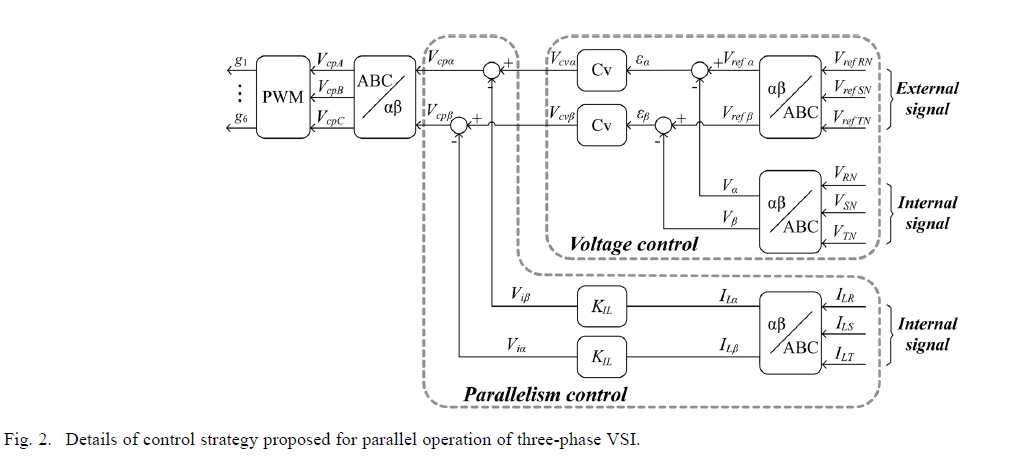

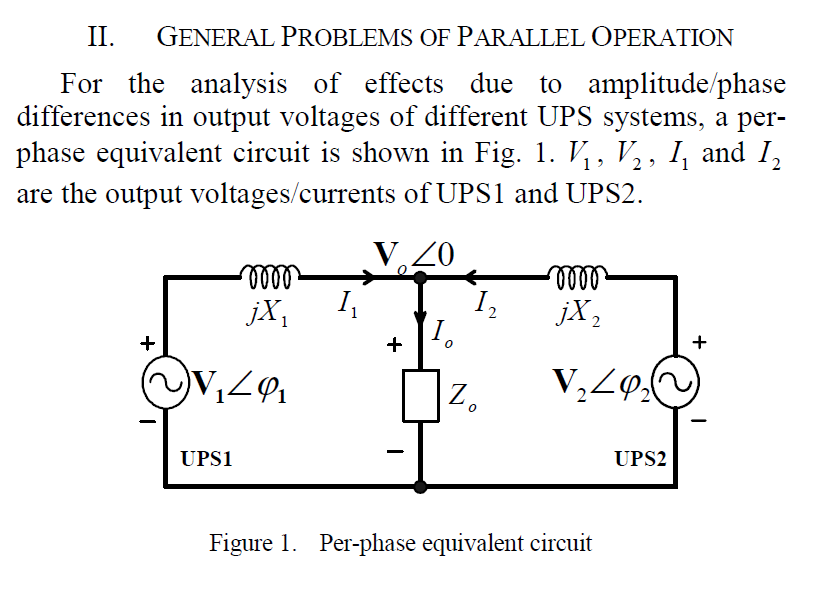

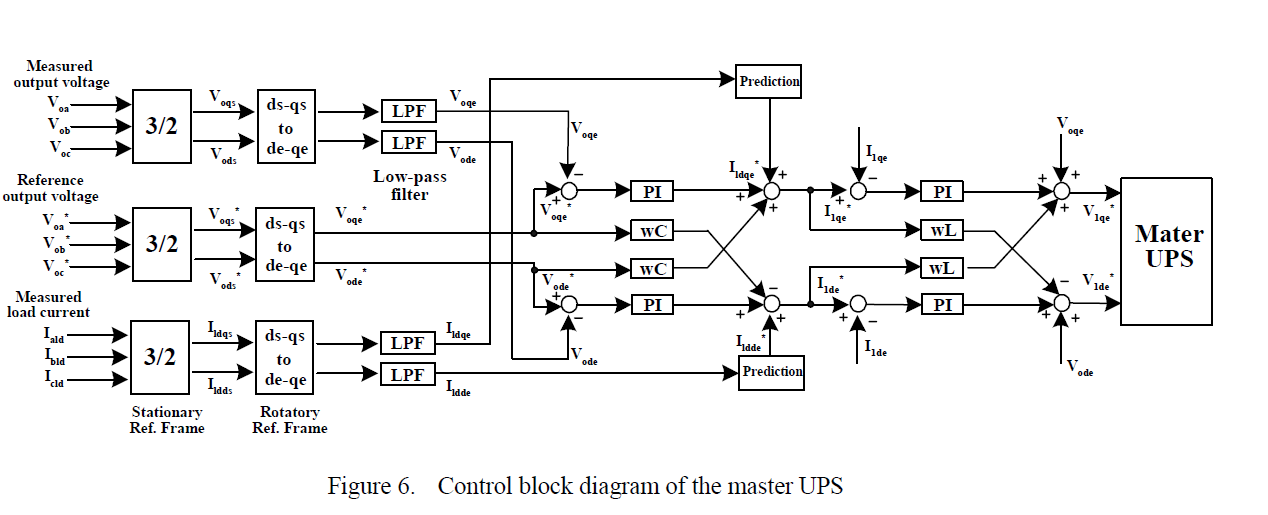

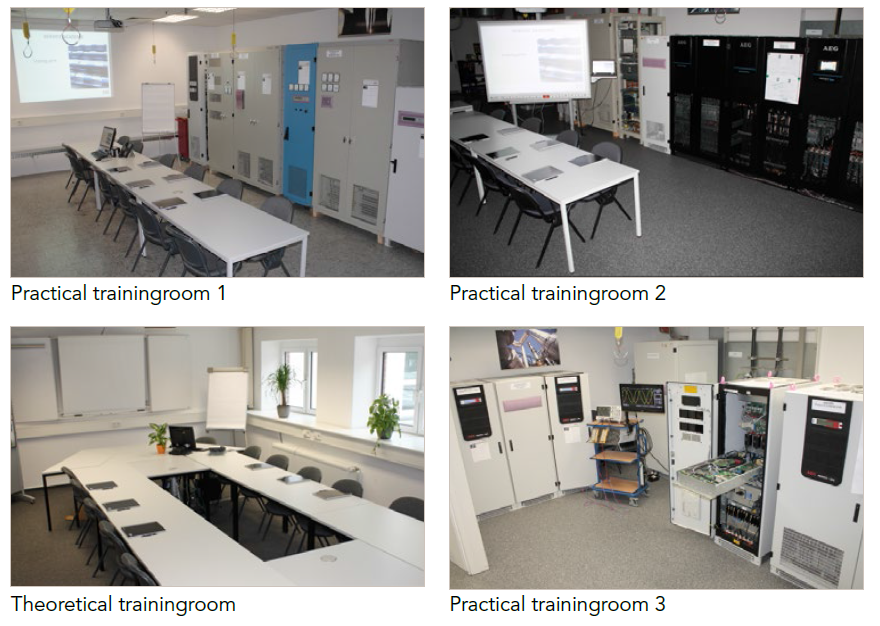
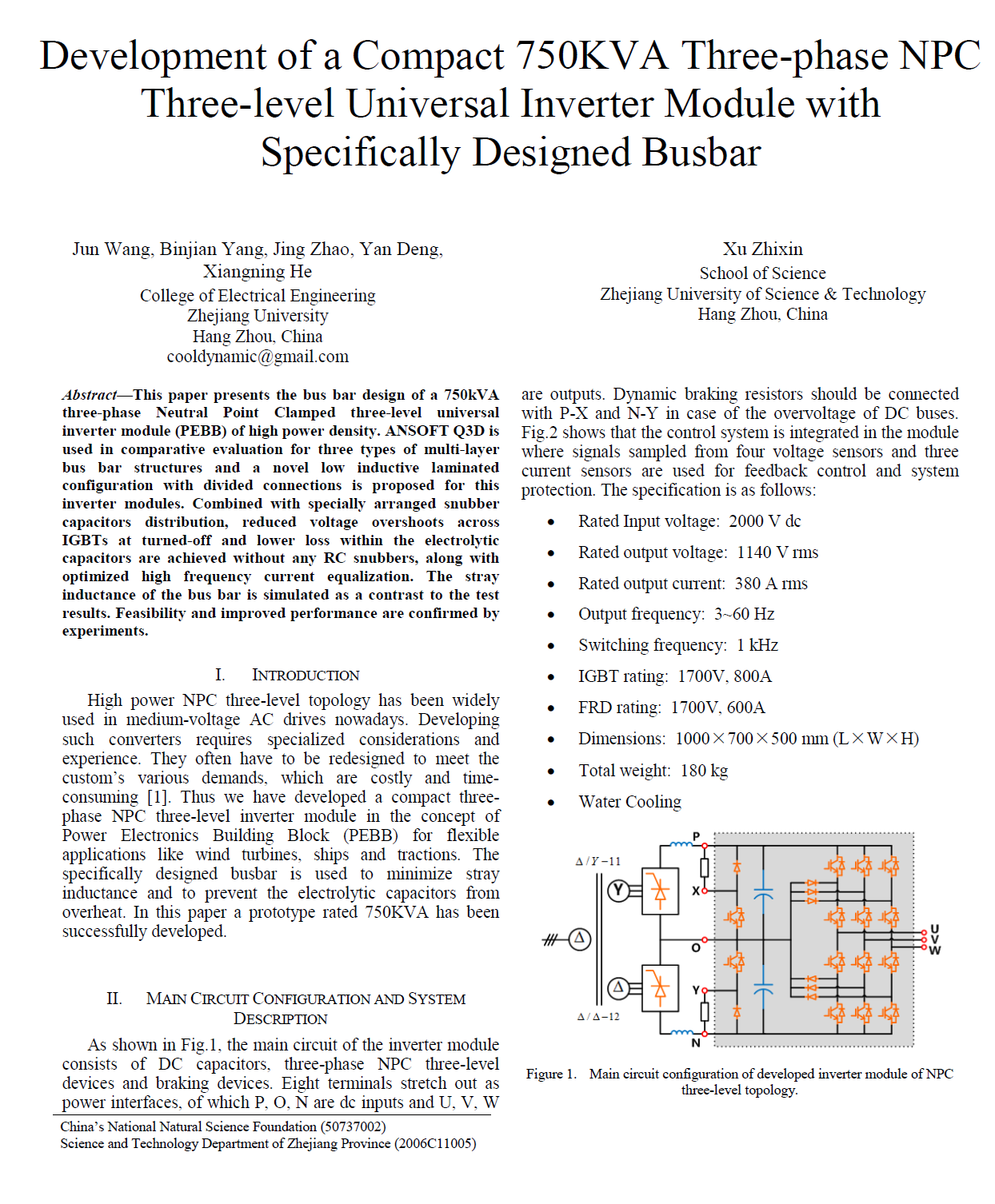



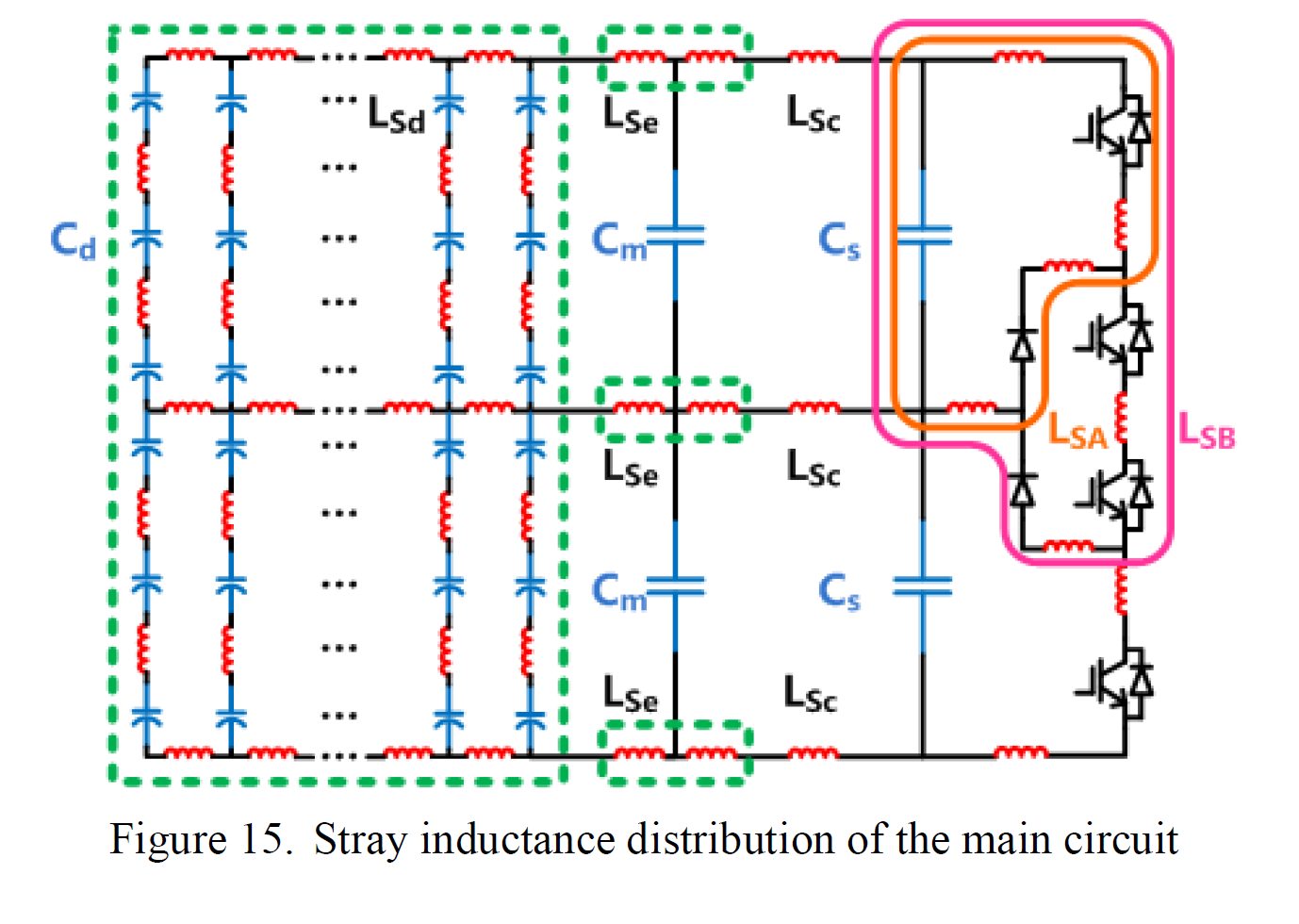
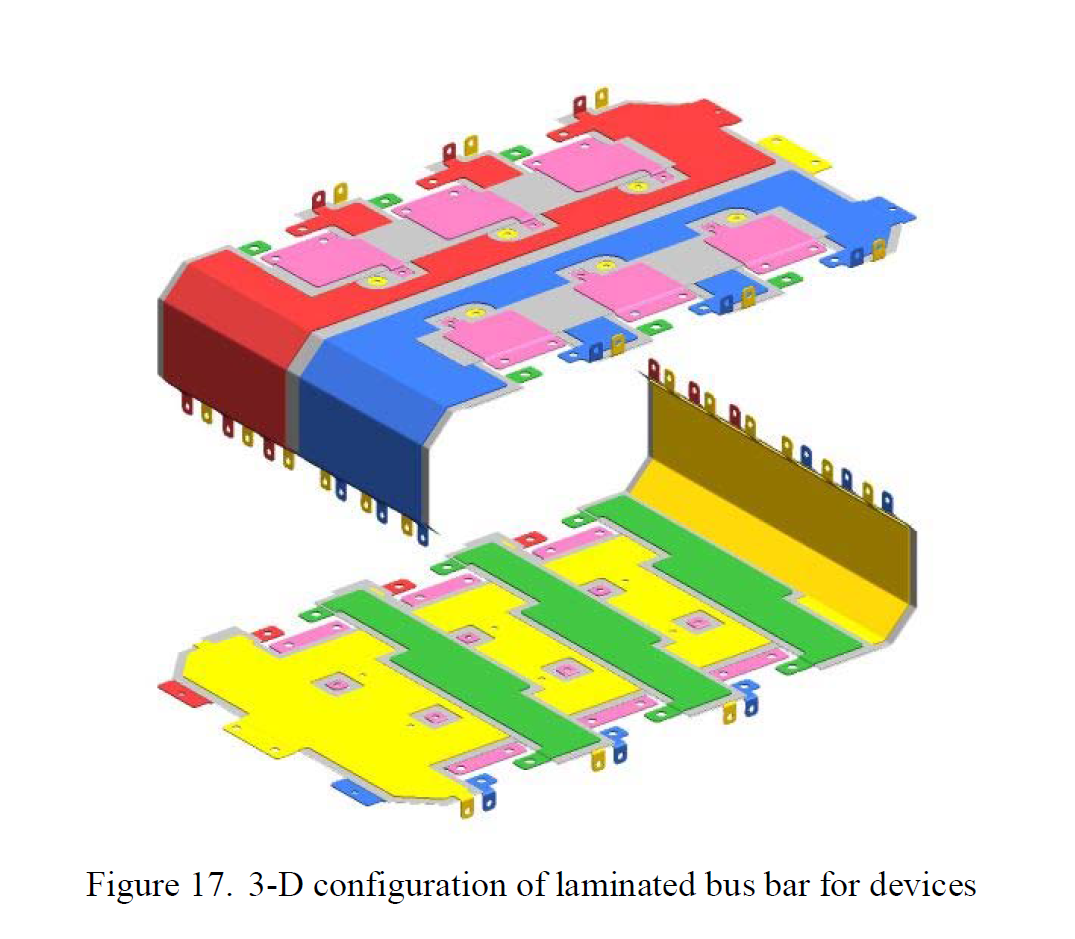
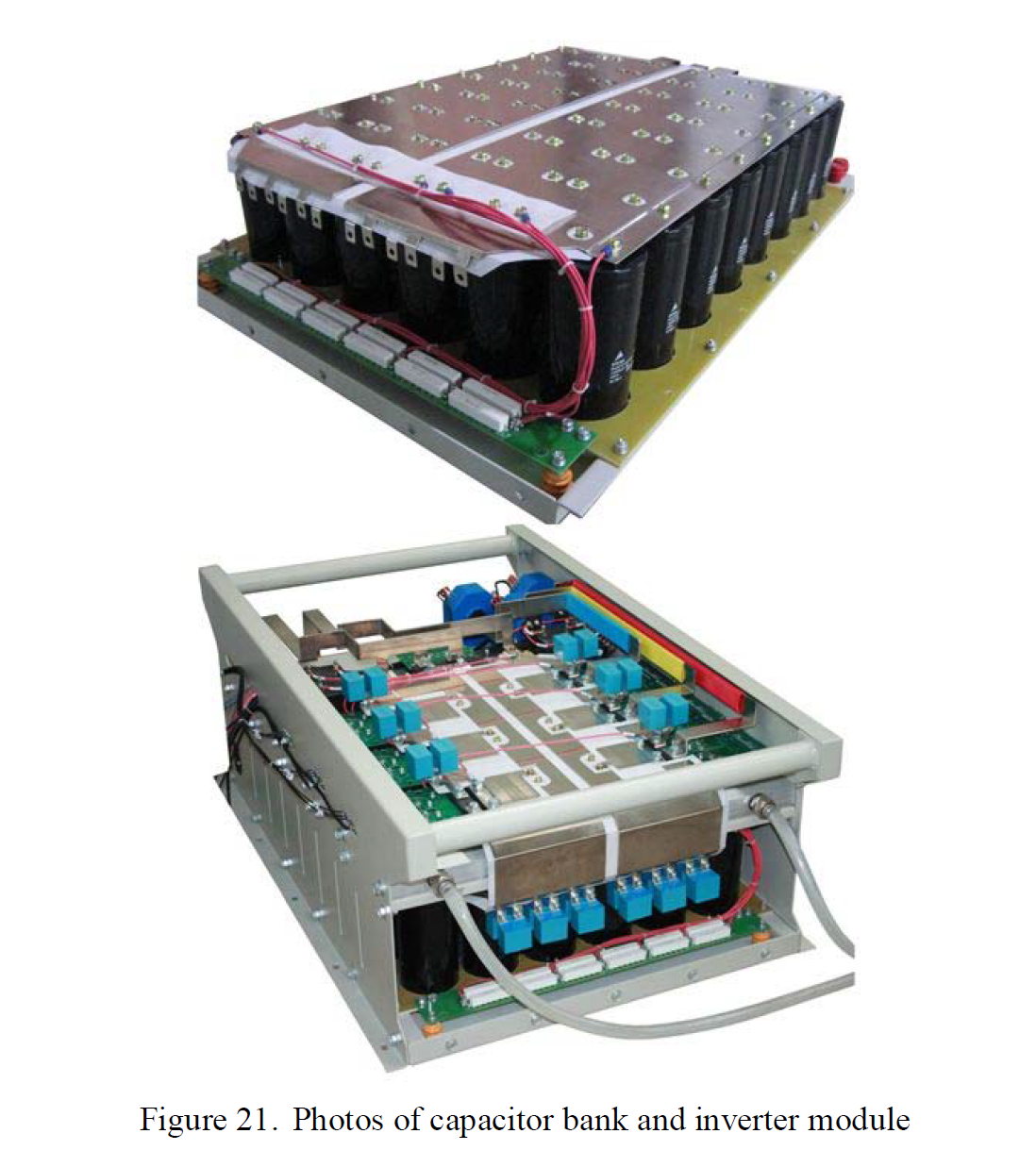
























 JOSIL ARTISTA PLASTICO FORTALEZA CEARA BRASIL AV.HERACLITO GRAÇA 41 TEL(85)32542378
JOSIL ARTISTA PLASTICO FORTALEZA CEARA BRASIL AV.HERACLITO GRAÇA 41 TEL(85)32542378
















